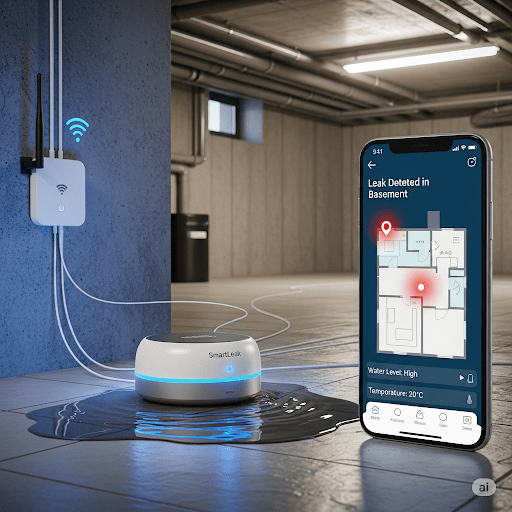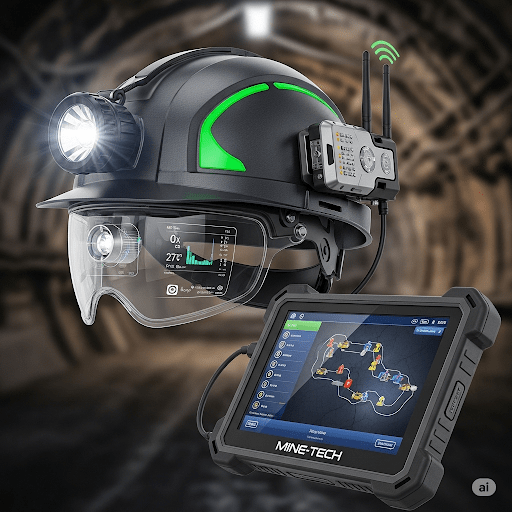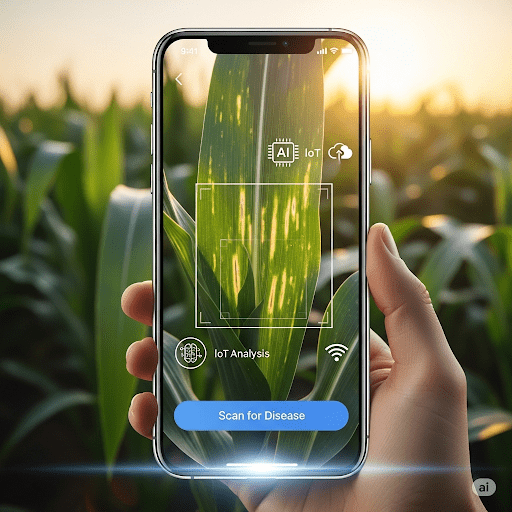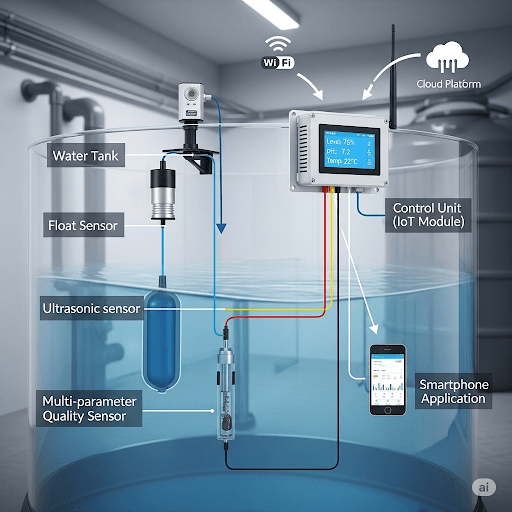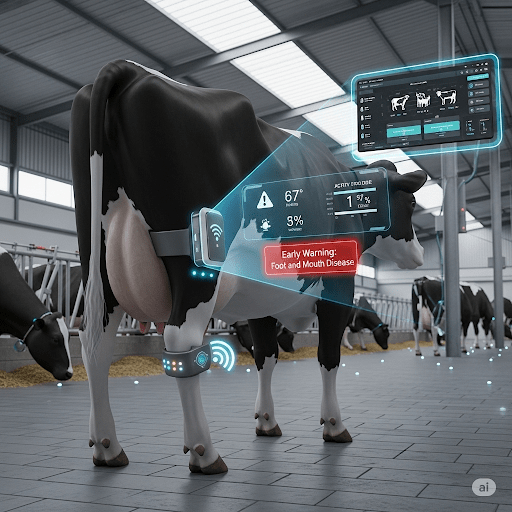ANTI-SLEEP SYSTEM FOR VEHICLE DRIVER BASED ON SEEED STUDIO XIAO ESP32C3
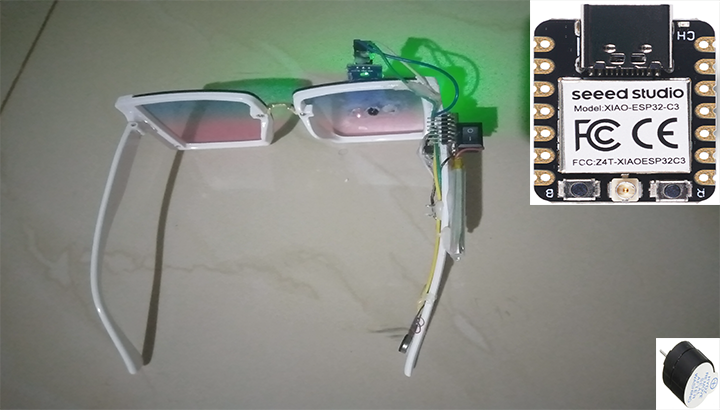
This research venture seeks to make a significant contribution to road safety efforts by providing an efficient solution for the identification and prevention of drowsy driving occurrences, thereby lowering associated risks and improving the well-being of drivers and other road users. A thorough understanding of drowsy driving is provided by the combination of sensor data, interviews, and questionnaires, which serves as a foundation for the development of the anti-sleep system.
Working principle of the block diagram or circuit diagram
The working of this project is based on an Infra-Red Sensor, this sensor is the heart of this project.
The picture of Circuit diagram shows a typical IR Sensor, basically it has a transmitter IR LED, A photo Diode, an Op-amplifier IC and a potentiometer. The photo diode is placed just next to the IR LED in such a way that it cannot receive IR rays directly. Photodiode is sensitive to the IR radiation. Its cathode connected to the positive voltage i.e. 5volt and anode connected to the noninverting input of the Op-amplifier which also get pulled down though the 4.7Kilo ohm resistor. Potentiometer in IR sensor is use to set the sensitivity distance of the sensor, it connected to the inverting input of the Op-amplifier. IR LED continuously transmit the infra-red rays and if any object comes in front of it, IR rays get reflected back and it received by the photo diode due to this change in IR radiation the voltage at the anode get change, the change in anode voltage is depend on the IR radiation received by the photo diode. More the IR radiation received grater will be the change in anode voltage. The output of the IR Sensor taken from the output of the Op-amplifier.
We can adjust the sensitivity distance by rotating the potentiometer on the sensor, we rotate the potentiometer that means we set a threshold voltage for the noninverting input of the Op-amplifier. Whenever the voltage on the noninverting input is greater than the threshold voltage, the voltage on the noninverting input i.e. +ve voltage from the photodiode get forwarded and get the positive pulse at the output of the Op-amplifier i.e. output of the sensor.
IR sensor is connected to the Seed studio XIAO ESP32C3 Pro Mini board as Vcc of the sensor to the vcc of the Seed studio XIAO ESP32C3 Pro Mini, Ground to the ground and the output of the sensor to the Analog pin one D3 of the Seed studio XIAO ESP32C3 Pro Mini. I used a 5volt buzzer and a vibrator motor for alerting. I connected both buzzer and vibrator motor in parallel and used a general purpose NPN Transistor (BC547) to drive them. Transistor's emitter connected to the ground and collector connected to the negative pin of the buzzer and vibrator motor. Positive terminal of vibrator motor and buzzer are further connected to the vcc of the Seed studio XIAO ESP32C3 Pro Mini. Base of the transistor connected to the pin D9 of the Seed studio XIAO ESP32C3 Pro Mini through the 4.7 kilo ohm resistor.
Related project idea for free
IoT base smart water leakage detection system
In life, water is a valuable resource. Water is essential for life and is utilized for a variety of activities in daily life. This device was developed to detect a pipe leak and maintain it directly in a short period of time. In order to prevent problems, it is crucial to have real-time managemen...
Read more>>Smart miner helmet and monitoring system - IOT Project
The usage of technology in Rwanda's mining industry has made it difficult to avoid deaths in mines; it is for this reason that miner safety from threats outside and inside mining tunnels is critical. The process of mining minerals underground is fraught with dangers such as high concentrations of...
Read more>>AI-Enabled IoT mobile application for early maize plant disease detection
For Rwanda's small-scale farmers, the maize crop has grown significantly in importance as a crop for food security and income. Unfortunately, a number of illnesses continue to cause maize producers to have much lower yields. Diseases have a negative impact on the quality of maize harvests and imp...
Read more>>Water tank quality and level monitoring system
All humans need water to survive; some of the uses of water include drinking, cooking, cleaning, and hygienic needs. Sometimes water shortages due to climate change or prolonged sunny weather, water pipeline breakdowns, poorly functioning water treatment facilities, and increased water demand in...
Read more>>IoT-based cow health monitoring system for early detection of foot and mouth disease
Nowadays, Rwanda is becoming the country where the technology is integrated in agriculture and livestock domains to easily enhance the life conditions of every Rwandan for wellbeing. With the technology development, cow’s health and early diagnosis of disease have gained the importance in a...
Read more>>
